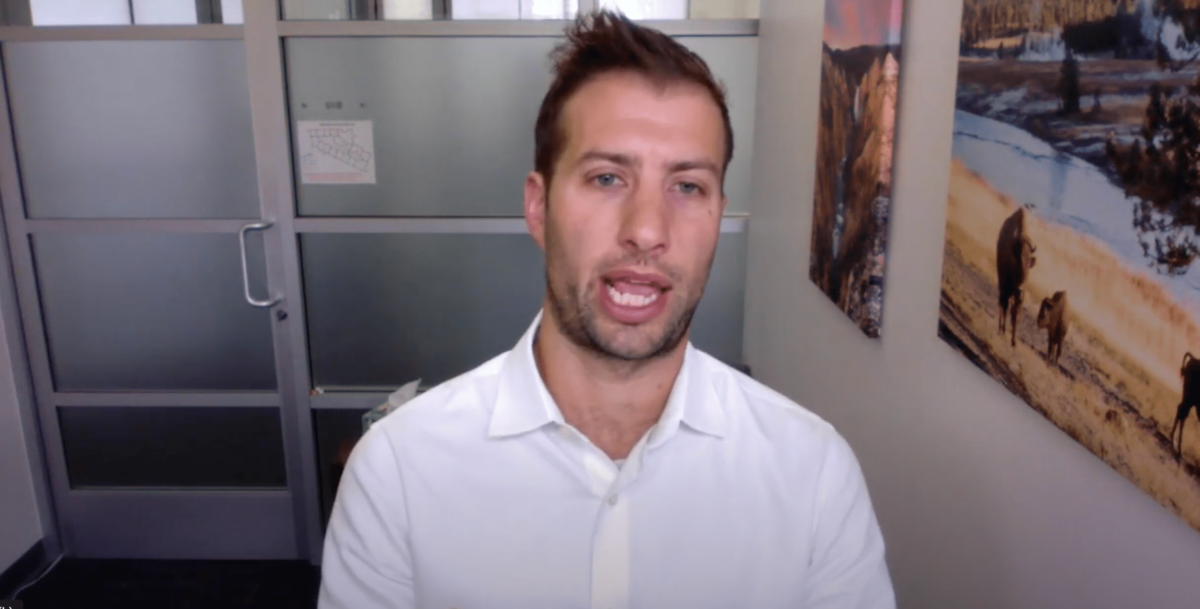
Understanding Exposure and Response Prevention (ERP) for OCD
By Spenser Gabin, AMFT at BOLD Health
Hello, I’m Spenser Gabin, an Associate Marriage and Family Therapist at BOLD Health. Today, I want to discuss Exposure and Response Prevention (ERP), which is considered the gold standard treatment for Obsessive-Compulsive Disorder (OCD).
What is OCD?
OCD is characterized by two main components: obsessions and compulsions.
- Obsessions: These are intrusive and distressing thoughts, often framed as “what if” questions. Examples include:
- What if I got something contaminated on my hands?
- What if I hit someone while driving?
- What if I don’t really love my spouse?
- Compulsions: These are actions performed to alleviate the anxiety caused by obsessions. Examples include:
- Excessive handwashing
- Seeking reassurance
- Retracing one’s steps to check if something bad happened
OCD works by creating a link between a particular situation and the resulting anxiety, followed by a compulsion that provides temporary relief.
What is Exposure and Response Prevention (ERP)?
ERP is a highly effective treatment designed to break the associations that underpin OCD. It involves two main components:
- Exposure: This involves confronting the feared situation or thought without avoiding it. For example, someone with hit-and-run OCD might avoid driving to prevent the anxiety associated with the fear of hitting someone. Exposure would involve gradually facing this fear by driving and staying with the anxiety it provokes.
- Response Prevention: This involves refraining from performing compulsions. In the case of hit-and-run OCD, this might mean not seeking reassurance from a partner or not retracing the driving route to check if someone was hit. The goal is to learn to tolerate the anxiety and uncertainty without resorting to compulsions.
Why Does ERP Work?
The principle behind ERP is that when we consistently face a stimulus that seems threatening but is not, our anxiety decreases over time. This is known as habituation. For example, someone with a spider phobia might start by spending more time in the presence of a spider until the anxiety lessens.
In OCD treatment, the same principle applies. By repeatedly exposing oneself to the source of anxiety (like driving in the case of hit-and-run OCD) and preventing the typical compulsive response, the individual learns that they can manage their anxiety without performing compulsions. This process gradually reduces the power of OCD and increases the individual’s confidence in managing their symptoms.
The Impact of ERP
ERP can lead to significant improvements in the quality of life for individuals with OCD. It helps them feel more in control and reduces the constant need to perform compulsions. Although initially challenging, the long-term benefits of ERP include reduced anxiety, greater confidence, and an enhanced ability to engage in daily activities without being hindered by OCD.
Getting Help
If you or someone you know is struggling with OCD, consider reaching out to a therapist trained in ERP. At BOLD Health, we specialize in this effective treatment and are dedicated to helping individuals regain their confidence and freedom from OCD.
If you are interested in learning more about ERP or wish to schedule a consultation, please contact us at BOLD Health. We are here to support you on your journey to recovery.


